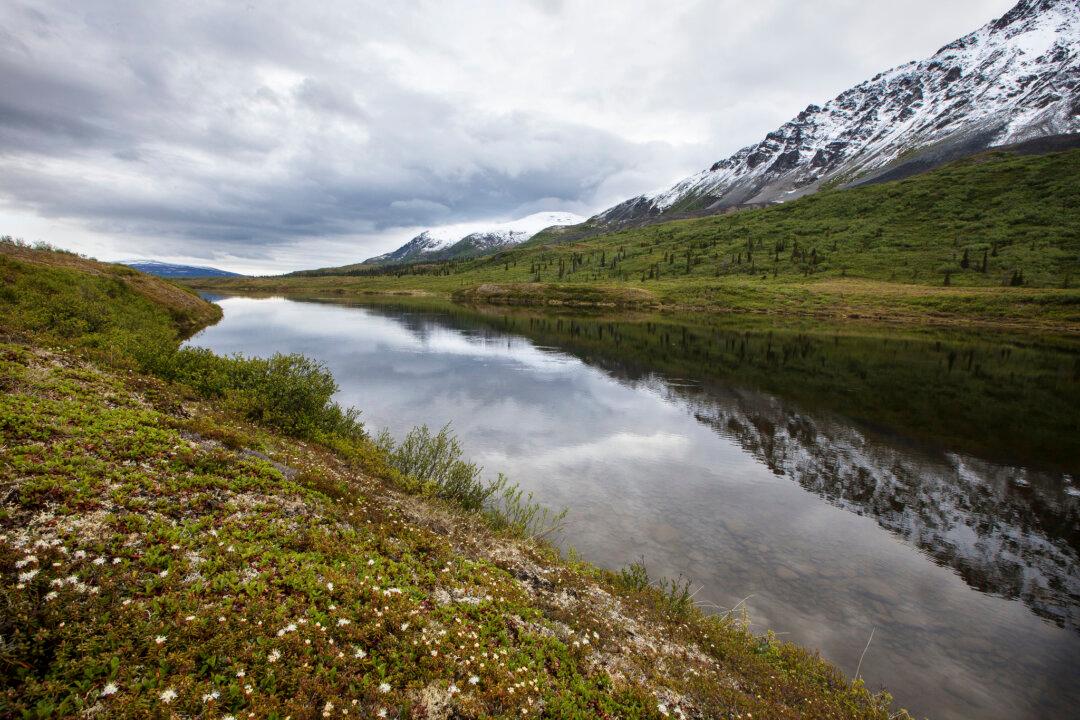Global warming is accelerating the thawing of permafrost—soil that has been at or below the freezing point of water for approximately two or more years. This releases the potent greenhouse gas methane to the atmosphere.
This direct release of methane (the main component in natural gas) occurs when methane-producing bacteria consume organic matter in the rotting soil that has been stored in permafrost over the millennia. Thus, many scientists predict large releases of methane from these sources as a result of global warming.
This is likely what you have already heard about permafrost. Indeed, most of the recent news and interest about permafrost thawing is associated with Arctic and Antarctic regions, even though alpine permafrost does exist in low latitudes as well.
What you have not likely heard about concerns an interesting twist regarding a certain type of organic matter stored in permafrost, which scientists have been talking about for the past decade. It is called yedoma, and is generally defined as organic-rich (about 2 percent by mass) Pleistocene-age permafrost comprised of 50 percent to 90 percent ice, by volume. Yedoma is stored in tens to hundreds of meters of permafrost in the Arctic.
We and others have recently shown that as this permafrost thaws, yedoma is released to the surrounding soils and some gets transported by rivers from land to the Arctic Ocean.
While most scientists would have predicted that this very old organic matter would not be very digestible to modern-day organisms, such as bacteria, it turns out that it is extremely “fresh” in its composition and consequently highly bio-available to microbes.
This, it turns out, has big implications for permafrost and global warming because this process produces another greenhouse gas: carbon dioxide.
Frozen Vegetables for Bacteria
Why can modern-day organisms eat ancient organic matter in permafrost? Well, it was quickly frozen in permafrost over tens to hundreds of thousands years ago before much decay had occurred. In essence, this yedoma is like frozen vegetables, whereby fresh produce is frozen (before the onset of any decay) allowing for the retention of nutrients in a frozen state.
This is a very different way to view the processing of organic matter on Earth. “Old” stored and buried organic matter is generally viewed as being highly decomposed and having little nutrition to modern-day organisms. Yet we have found that this is not the case.
So, why should we care about yedoma? Well, we have the positive, or self-reinforcing, feedback of methane release from thawing permafrost on global warming—that is, as methane is released, it induces more warming and permafrost thawing.
